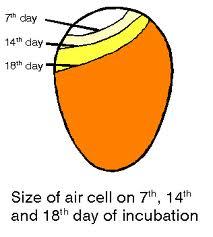jenEbean
In the Brooder
- Oct 22, 2015
- 11
- 0
- 24
I actually made my still air incubator the other day as I knew my eggs would be arriving today. I bought the best digital thermometer/hygrometer that money can buy & so far the temp & humidity has stayed consistent for 48 hours. It definitely takes some babysitting but I'm home all day to check the levels & turn the eggs. Our eggs arrived today! I did have a question about the humidity levels at the beginning. I've read a few different things. What should it be & I've also read different things about letting them come to room temp before I place them in the incubator. Any advice from you chicken lovers on temp, humidity & resting to room temp before incubating would sure be appreciated! I trust the info I get here more than the random answers I've received through my research. We have Silkie X Cochin eggs. Hooping for a good hatch! I did this when I was younger & it was the coolest thing! I wanted my 8 year old son to experience it after he made all As on his report card. So we're giving it a whirl. We were dying for Silkie eggs due to being the "lap dogs" of the chicken world. However, I've researched & read that Cochins are wonderful as pets too so I'm really hoping we have a few hatch. So excited to see what they'll look like!! Thanks in advance guys!!





